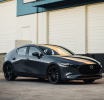Mechanics
Built for 800,000 Miles: Inside Helderburg’s Extreme Defender Reconstruction
1915-1939 : An Unrelenting Quest for Technological Innovation and Comfort

From 1915 until the beginning of World War II, North America and Europe were the stage for a constant reinvention of the automobile concept, as new players such as Citroën, Chrysler, and Bentley emerged.
With the democratization of the automobile brought by the Ford Model T now “a fait accompli”, automakers of the time decided to improve their models by exploring performance, safety, and comfort. However, this era also saw the rise of two very different industrial philosophies: mass production at prices accessible to the many, and luxury products, where the car became a prestige object sought by the very wealthy.
Let’s explore some of those models and manufacturers.
1915 : Cadillac and the V8 Engine
Already innovators a few years earlier with the introduction of interchangeable parts, Henry Leland, his son Wilfred, and their Cadillac team made history again in 1915 by introducing the first production V8 engine. The V-configuration of this revolutionary engine made it as compact as a four-cylinder and lighter than a V6, while outperforming competitors in power, all while maintaining unmatched smoothness.
Although they still led the company in 1915, the Lelands no longer owned Cadillac, which they had sold in 1909 to General Motors for $5 669 250. They resigned from GM in 1917 following a dispute with William C. Durant over producing aircraft engines for the U.S. government. Father and son then founded the Lincoln Motor Company, selling it to Ford in 1922.
1919 : Citroën Type A
Founded in 1919 by André Citroën, the French company launched its first model that same year: the 10-HP Type A. This was the first European car built on a true mass-production line. Inspired by Ford’s assembly-line methods, the Type A quickly became synonymous with the democratization of the automobile in Europe.
1922 : Lancia Lambda
Sixteen years after Vincenzo Lancia founded his company, Lancia introduced the first monocoque-chassis car in 1922: the Lambda. This revolutionary design produced a lighter, more rigid vehicle, improving both handling and safety. It also introduced independent front suspension and a circular radiator. The Lambda left a lasting mark on the automotive industry.
1927 : Ford Model A
To replace the Model T, Ford launched the Model A in 1927, a more comfortable, better-equipped vehicle offering a far more refined driving experience. It was sold with a wide choice of body styles to meet American consumers’ evolving expectations. Powered by a four-cylinder 40 hp engine capable of reaching 104 km/h, the Model A upheld Fordism, i.e., mass industrial series production.
1931 : Bentley 8 Litre
Since its founding in 1919 by Walter Owen Bentley, Bentley has symbolized English luxury, performance, and excellence. The 8 Litre stood out as one of the most prestigious cars of its era, aimed at an extremely wealthy clientele. Sadly, the 1929 stock-market crash and ensuing recession disrupted company plans: by early 1930, Bentley faced serious financial trouble. The 8 Litre became the last model produced before Rolls-Royce acquired the company.
1934 : Citroën Traction
The Citroën Traction perfectly embodied the innovative vision of a company no stranger to revolutions. In 1934, it became the first car with both front-wheel drive and a fully monocoque body. More stable than any predecessor, it also featured hydraulic brakes and independent suspension on all four wheels. This model marked a major step toward modern car design. Moreover, it was stunning in appearance to serve in turn as the Gestapo’s official car, an icon of the Resistance, and a gangster favourite due to its exceptional handling.
1936 : Volkswagen Type 1
Although the first Volkswagen Type 1 known as the Beetle did not appear until 1938, it was in 1936 that the German government, under Chancellor Adolf Hitler, commissioned Austrian engineer Ferdinand Porsche to design this “People’s Car.” The goal was to produce an affordable vehicle for everyone. First used as a propaganda tool by the Nazi regime, the Beetle became, after World War II, the world’s best-selling car thanks to its reputation for longevity. Today, it still ranks fifth among all-time best-sellers, with over 23 million units sold.
1938 : Buick and Electric Turn Signals
Buick, founded in 1903 and quickly merged into GM, introduced the first electric turn signal on its production cars in 1938. The system, which operated only on the rear lights, was dubbed the “Flash-Way Directional Signal.” This major innovation greatly improved road safety and driver communication, quickly becoming the industry standard. Buick completed the system in 1940 by adding front signals.
1939 : Packard and Air Conditioning
Packard, founded in 1899, was synonymous with luxury and elegance in the United States, producing some of the era’s most expensive models. In 1939, Packard became the first automaker to offer an air-conditioning system in a production car, revolutionizing automotive comfort. Despite the high initial cost at the time, this innovation underscored Packard’s unwavering commitment to passenger comfort and the satisfaction of its wealthy clientele.
From the start of the 20th century until World War II, the automotive industry laid the groundwork for its two main branches: affordable mass-produced cars and luxury vehicles. It is fascinating to see that groundbreaking ideas and technological advances emerged from both sectors. Even more intriguing will be discovering what World War II brings in terms of motor vehicle production.
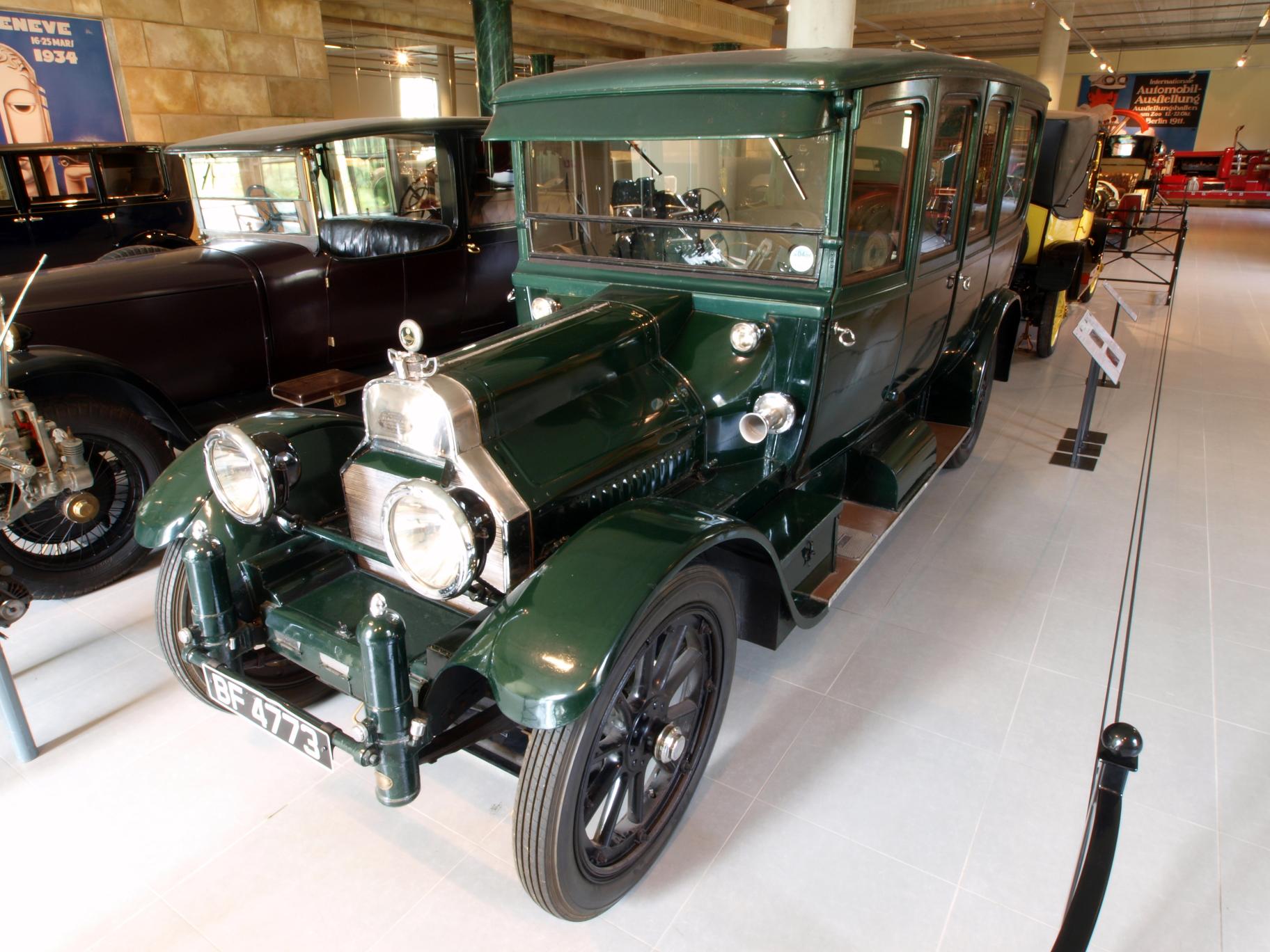
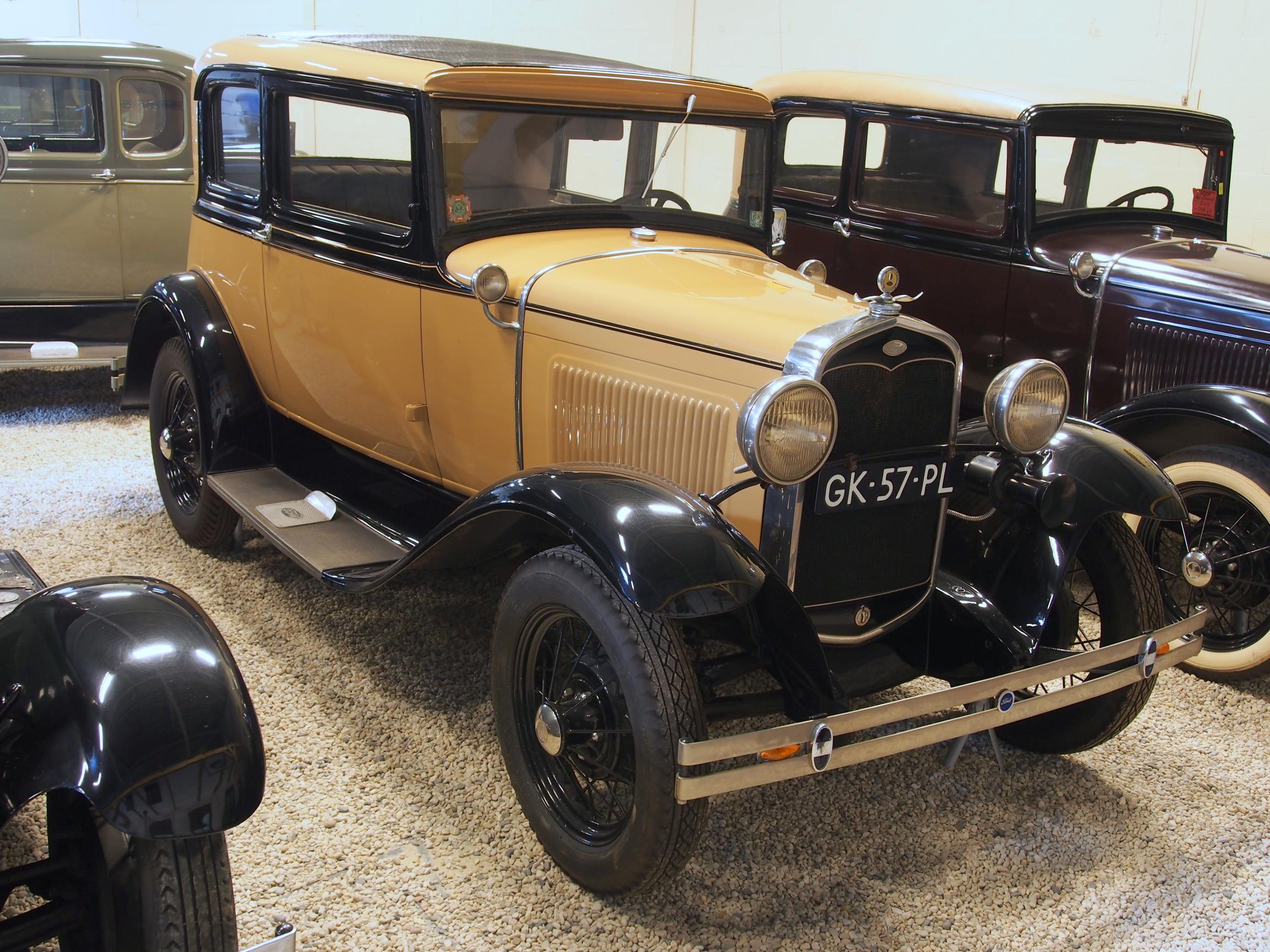
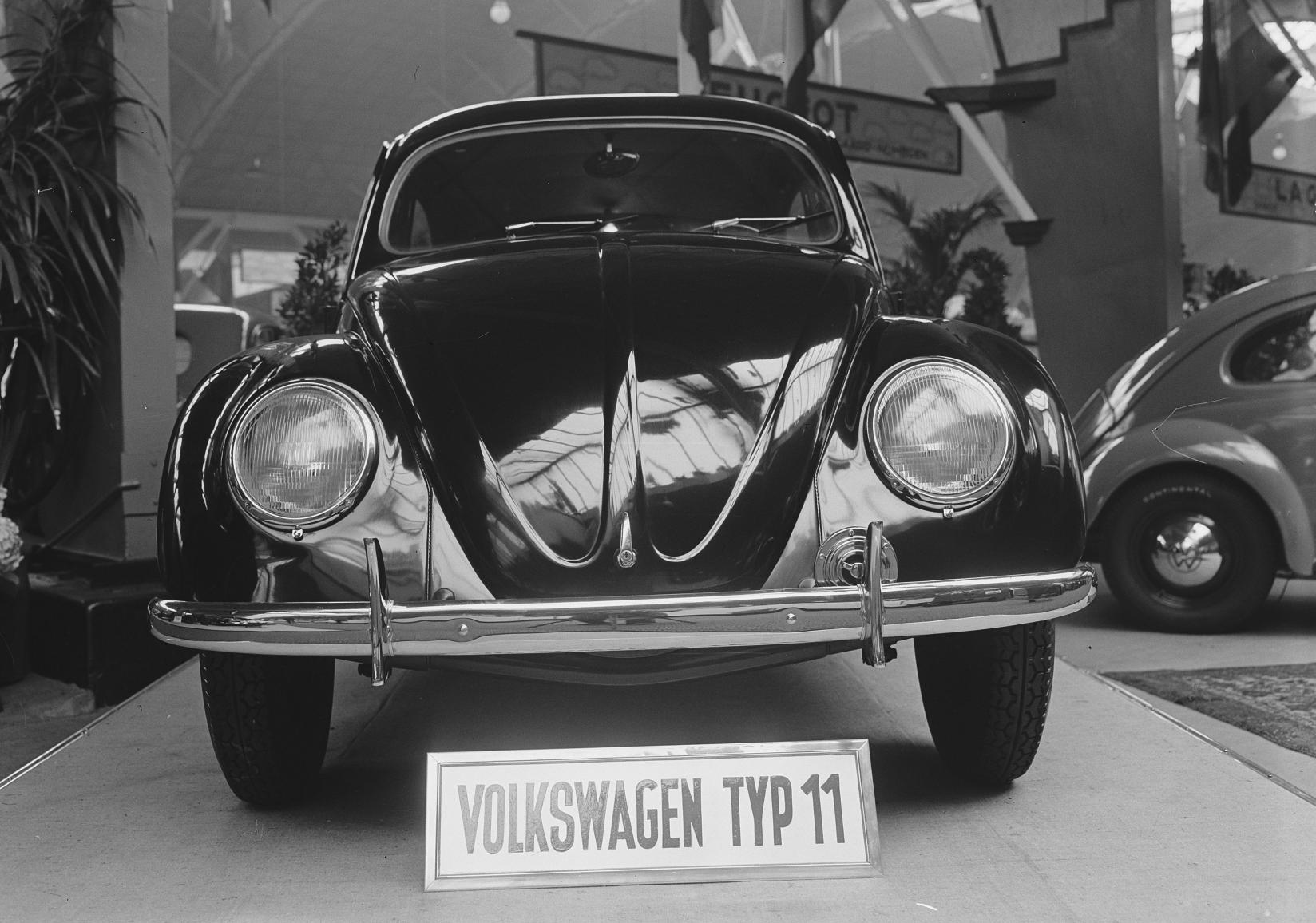
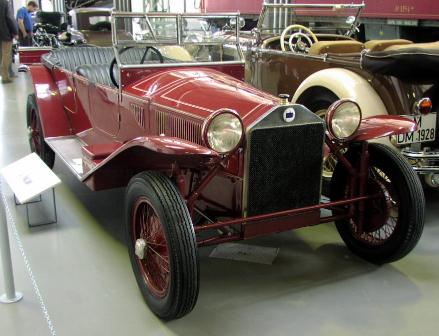
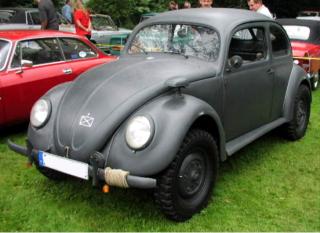
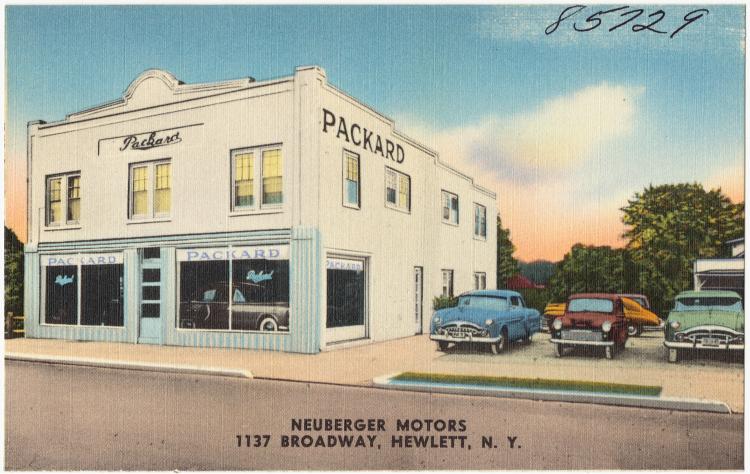

L'Automobile Magazine
News
Business Directory



 En
En  Fr
Fr 
